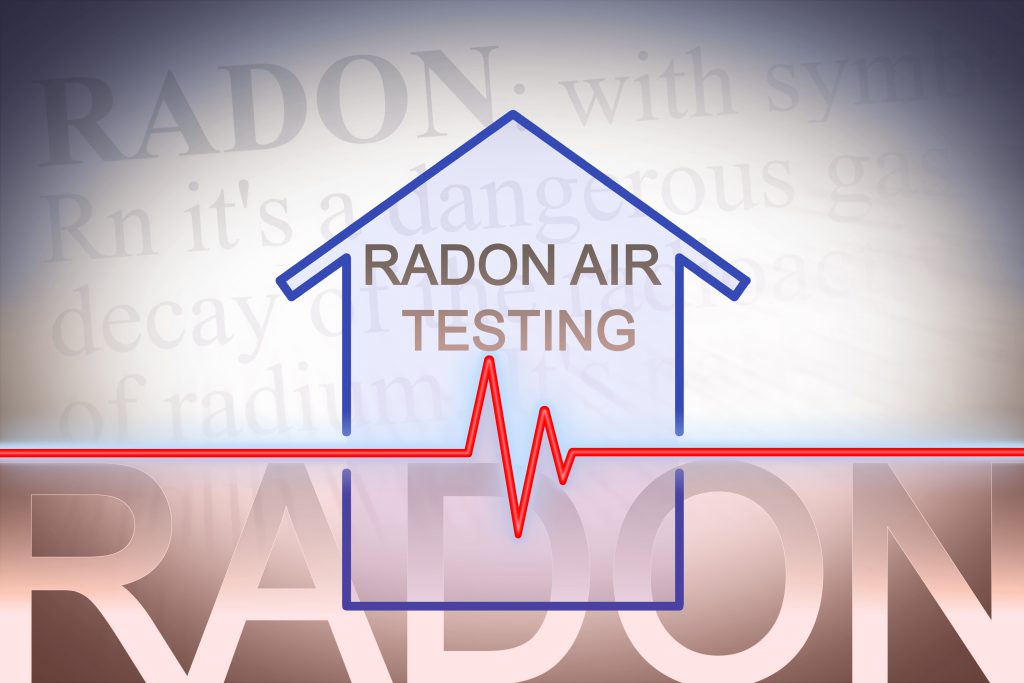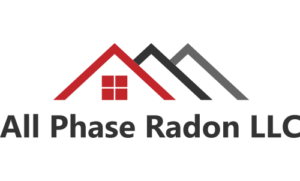
Short-Term Radon Testing
Using continuous radon monitors, radon measurements are obtained hourly over a 48-hour period. Typically, just one monitor is needed per residential site.
Exceptions to this rule:
- Homes larger than 2,000 sq. ft. per floor of space attached to the earth.
- Tri-levels, because they usually have more than one method of attachment to the earth (slab on grade as well as crawlspace). Radon is sometimes found to be higher in the living area above the crawlspace than in the living area above the slab.
** Short-term testing is standard for real estate transactions
Long-Term Radon Test
The long-term test uses an alpha-track detector and remains in your home for at least 90 days. These measurements are more indicative of the home’s annual Radon level than a 48-hour test.
Post-Mitigation Testing
Following the installation of a mitigation system, it is highly advisable to verify that the system is functioning to the required standard of less than 4.0 pCi/L.
Verification Testing
If it has been two years since your home’s last Radon test, verification testing is recommended to ensure Radon levels have not changed as a result of shifting environmental conditions. Homeowners should also consider verification testing if significant changes have been made to the structure or mechanical systems in the home. Optimally, verification testing will be done during a different season from the previous test.

